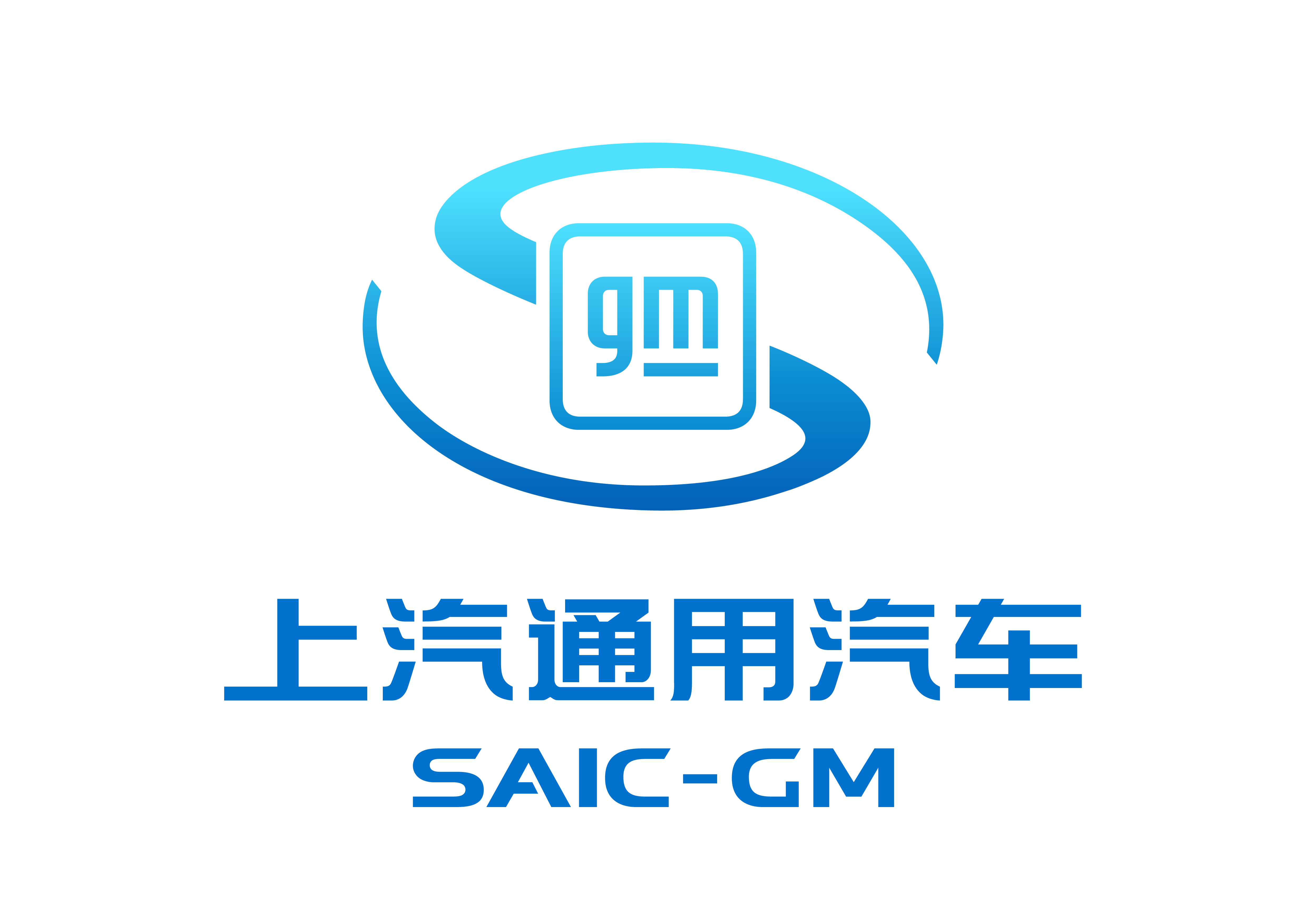- 丨 Envision Visualization Center
- 丨 Vehicle Safety Labs
- 丨 Climate Wind Tunnel
- 丨 Reduced Scale Wind Tunnel
- 丨 Noise, Vibration & Harshness Labs
- 丨 Guangde Proving Ground
- 丨 New Energy Laboratory
-
丨
Vehicle EMC Laboratory
The PATAC Vehicle EMC Laboratory was officially launched on July 25, 2024. Combined with the previous subsystem EMC lab, it constitutes a complete PATAC EMC test and verification system, providing the comprehensive EMC safety protection which covers the whole life cycle of vehicles and full scenario to customers.
The laboratory is equipped with the industry's top professional facilities, including the vehicle 10m& 5m Semi-anechoic Chambers, a full set of vehicle EMI (Electromagnetic Interference) and EMS (Electromagnetic Susceptibility) test systems, complex electromagnetic environment system, HV EMC and other professional test systems. All testing equipment is provided by top international brands to ensure the accuracy of test data such as Rohde &Schwarz, AIP, ETS, etc. At the same time, the laboratory also has strong EMC simulation capabilities, ensuring vehicle validation becomes more comprehensive, rigorous, and efficient.
Besides, the laboratory has set a new benchmark in the industry standards. Its test items cover EMI and EMS, with a total of 19 test items, far exceeding the national standard scope of mandatory 4 test items and the field strength of similar tests is 3-4 times more. By simulating extreme EMC environment and HV charge-discharge mode of new energy vehicles, this laboratory is capable of evaluating the Emission and Immunity capabilities of electronic modules in vehicles, the EMC performance of new energy vehicles in a charging state, and the potential impact of low-frequency magnetic field radiation on human health, ensuring a more secure travel for customers.
PATAC has also proactively introduced multiple pioneering research projects, such as Magnetic Field Occupant Exposure Assessment based on General Motors' global standards, which not only tests the peak of electromagnetic radiation, but also focuses on its long-term cumulative effects on the human body. There are also unique testing items in the industry, such as RFR Sensitivity Degradation and vehicle receiver related testing, which continue to lead the technological progress of the industry.
The PATAC Vehicle EMC Laboratory was officially launched on July 25, 2024. Combined with the previous subsystem EMC lab, it constitutes a complete PATAC EMC test and verification system, providing the comprehensive EMC safety protection which covers the whole life cycle of vehicles and full scenario to customers.
The laboratory is equipped with the industry's top professional facilities, including the vehicle 10m& 5m Semi-anechoic Chambers, a full set of vehicle EMI (Electromagnetic Interference) and EMS (Electromagnetic Susceptibility) test systems, complex electromagnetic environment system, HV EMC and other professional test systems. All testing equipment is provided by top international brands to ensure the accuracy of test data such as Rohde &Schwarz, AIP, ETS, etc. At the same time, the laboratory also has strong EMC simulation capabilities, ensuring vehicle validation becomes more comprehensive, rigorous, and efficient.
Besides, the laboratory has set a new benchmark in the industry standards. Its test items cover EMI and EMS, with a total of 19 test items, far exceeding the national standard scope of mandatory 4 test items and the field strength of similar tests is 3-4 times more. By simulating extreme EMC environment and HV charge-discharge mode of new energy vehicles, this laboratory is capable of evaluating the Emission and Immunity capabilities of electronic modules in vehicles, the EMC performance of new energy vehicles in a charging state, and the potential impact of low-frequency magnetic field radiation on human health, ensuring a more secure travel for customers.
PATAC has also proactively introduced multiple pioneering research projects, such as Magnetic Field Occupant Exposure Assessment based on General Motors' global standards, which not only tests the peak of electromagnetic radiation, but also focuses on its long-term cumulative effects on the human body. There are also unique testing items in the industry, such as RFR Sensitivity Degradation and vehicle receiver related testing, which continue to lead the technological progress of the industry.




